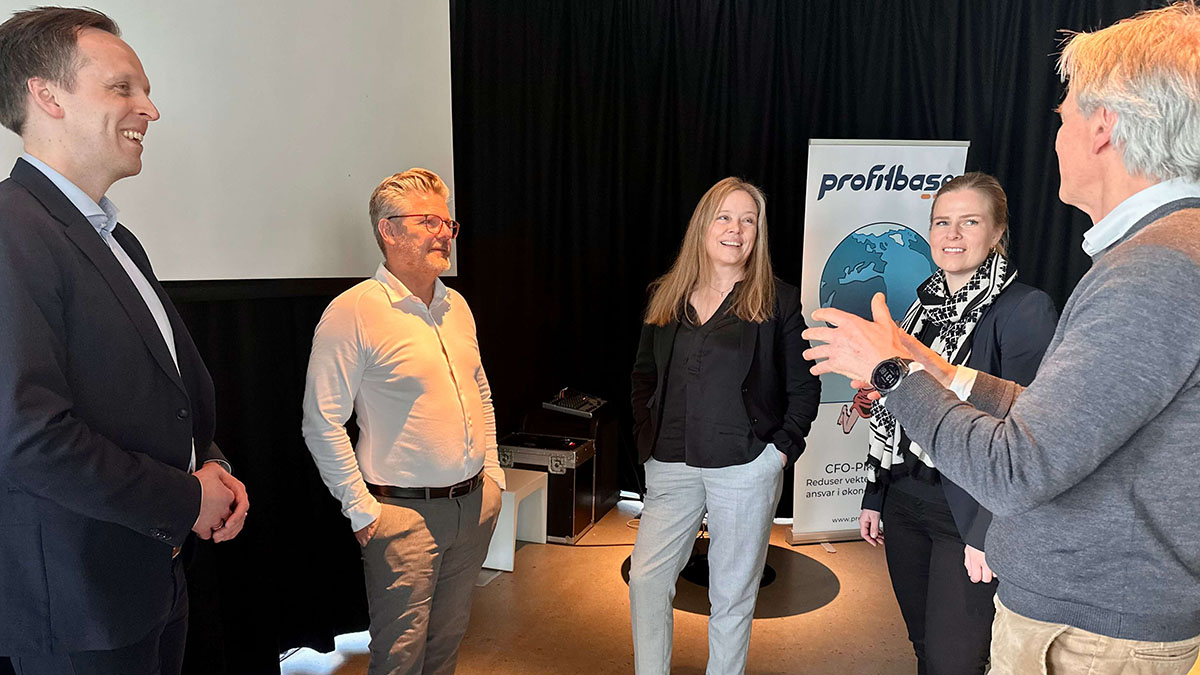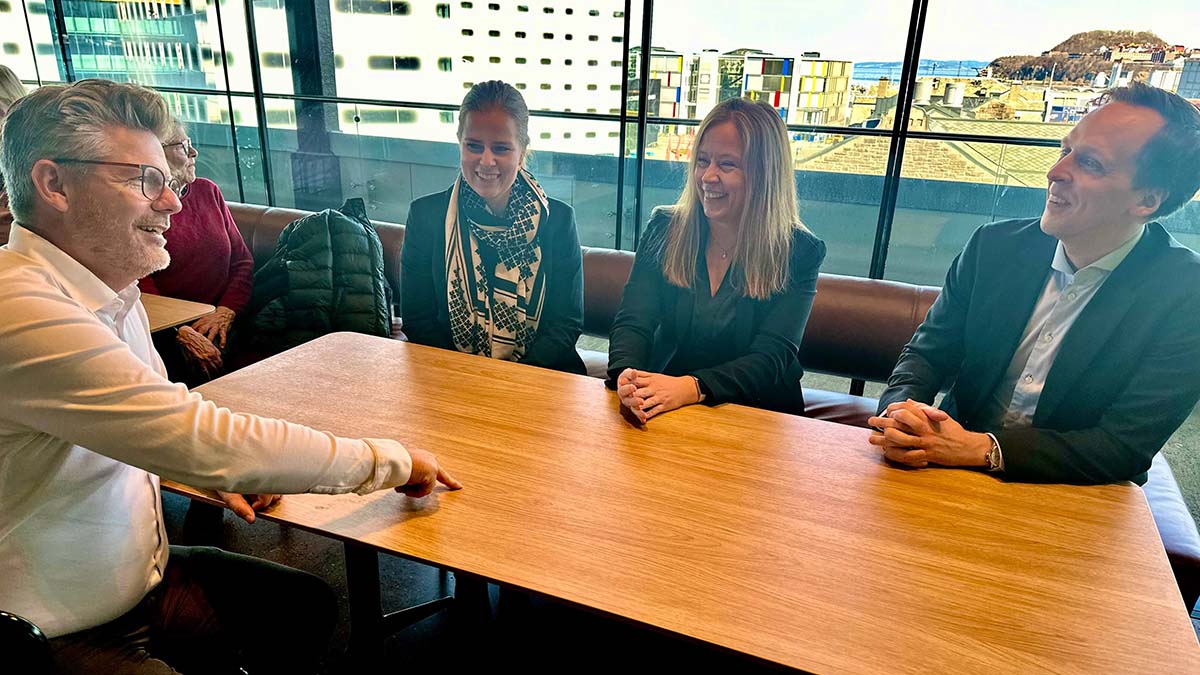
With a growing business, the finance department at E.A. Smith realized that spreadsheets were becoming a challenge for the organization. In 2023, they decided to take action to improve efficiency, security, and engagement in the budgeting and forecasting processes.
– We had to think differently. How would we build plans, store data, and manage access? It quickly became clear that the old budgeting process we had built over time needed to go, says CFO Olav Lindebrekke. Marianne Brandal, who also works in the finance department, agrees.
– In the ‘old days,’ when I first started here, all the managers worked with their own spreadsheets, manually entering the numbers. We gradually improved the process with better structure, templates, standardization of input data, and macro support for updates and consolidation. But as time went on and the volume grew, so did the risk of errors. The constant growth and changes within the organization also made it harder to ensure a smooth process and maintain the quality of the company’s decision-making data, she explains.
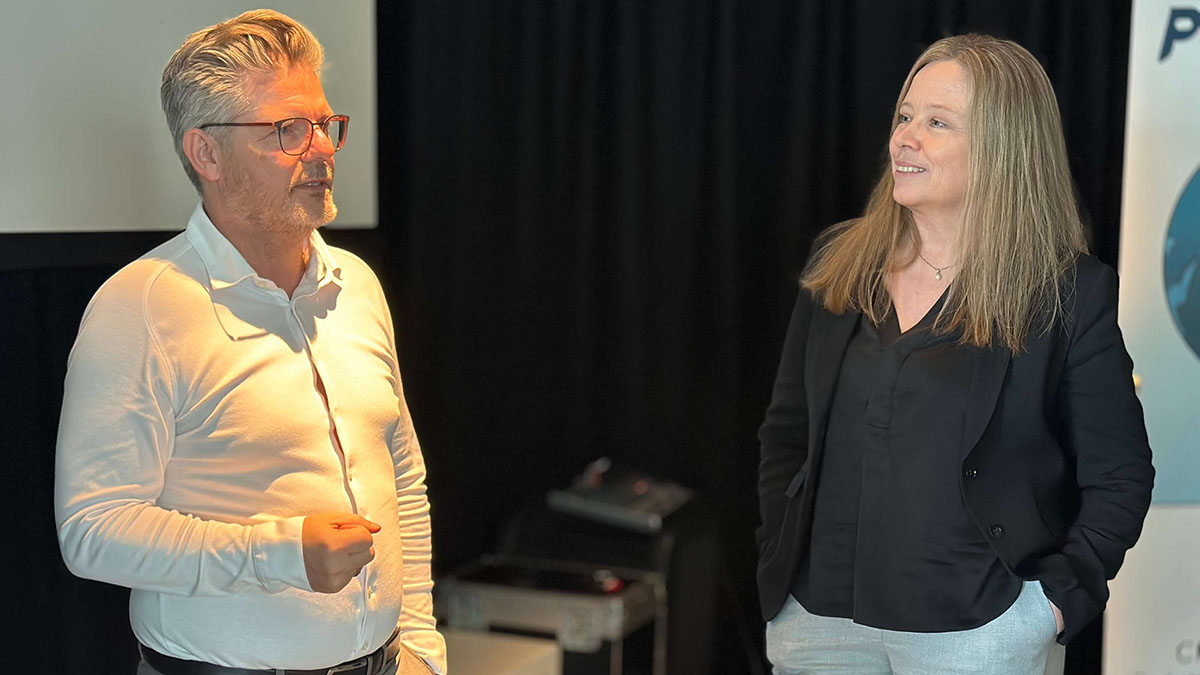
Solid enterprise with a proud history
E.A. Smith is a company with over 800 employees spread across nearly 100 locations in Norway, from Vadsø in the north to Vegårshei in the south. With a 155-year history, the company is behind well-known brands such as Smith Stål, Bygger’n, Heim Boligsystem, and Smith Byggesystemer.
Over the years, the company has evolved through growth, collaboration, and acquisitions. Starting as a local hardware dealer in Trondheim in 1869, it has grown into a significant enterprise with a broad presence today. The core of the business has always been agency work, focusing on the buying and selling of heavy building materials.
The need to renew the budgeting process
The collaboration with Profitbase began shortly after Lindebrekke joined E.A. Smith. Initial discussions led to ongoing dialogue, but a busy schedule and the absence of urgent issues made it difficult to prioritize a project. However, when the company experienced a data breach in the summer of 2023, Lindebrekke and his team seized the opportunity to stop and rethink their approach.
– Up until now, E.A. Smith had used a more consolidated, top-down approach. With new tools, there was potential to rethink how we traditionally approach follow-up, planning, and forecasting – from the bottom up, which could be exciting with the solution we are now working on.
The CFO emphasizes that they were very pleased to have made a quick decision and started implementing the CFO platform’s budgeting and forecasting solution. He highlights process efficiency and improved oversight during the budgeting process as key factors in their decision:
– In previous years’ budgeting processes, spreadsheet files would often fail during mass updates via macros. This could happen if budget owners changed formulas, didn’t follow procedures, or created local versions of their files with different file names that the macros couldn’t locate. It was also cumbersome for controllers to ensure that updates run via macros were complete and accurate. Excel files first had to be transferred to the data warehouse for evaluation.
– With these experiences fresh in our minds, it became even easier to invest and move directly into a cloud-based solution, concludes the CFO.
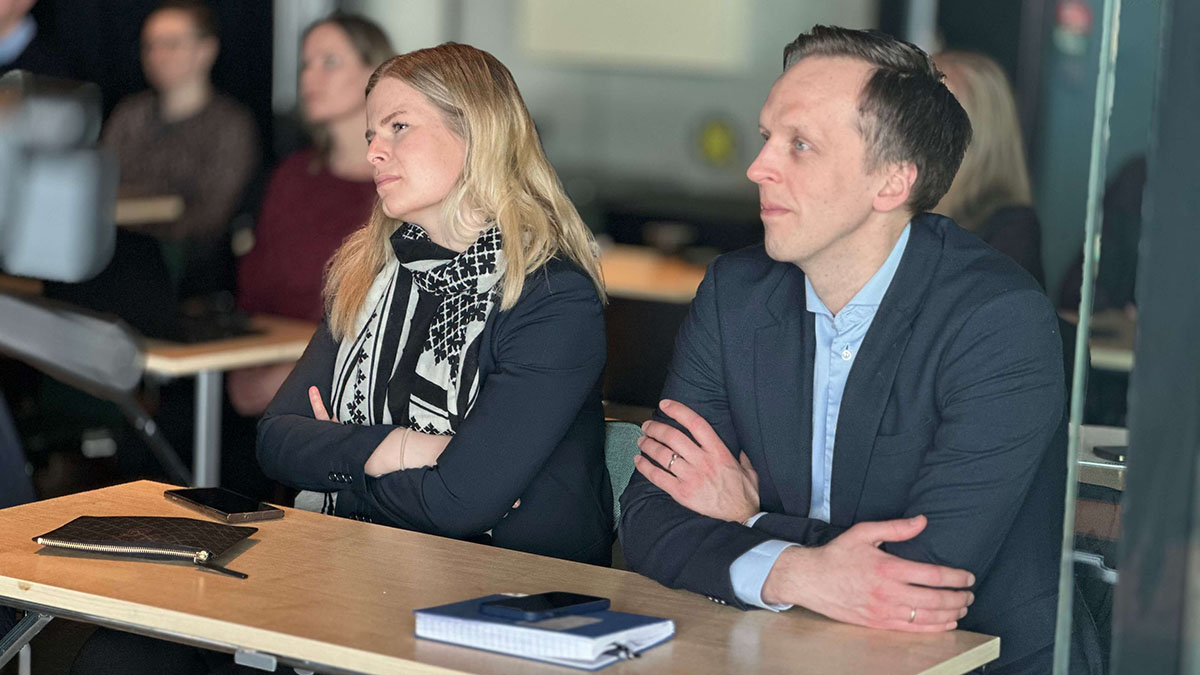
Surprisingly smooth and efficient
Two people at E.A. Smith who were closely involved in the project and helped ensure the budgeting process was completed for 2024 were Aurora Moum and Marianne Brandal.
– The collaboration with the implementation partner Seebrite worked well. Time was limited, but we were able to accomplish a great deal, says Moum.
Time management was critical, as the company typically began the budgeting process early in the fall each year. Once the software was in place and the data loaded, Moum conducted training sessions for the managers.
– What stands out to me the most from the whole project is that after Aurora finished training all the managers on how to carry out the budgeting process, I sat there thinking: Was that really all there was to it? says Brandal, laughing.
– After her brief and simple training session, with hardly any questions from the participants, I reflected on all the hours we had invested in the project. We had worked intensely through many challenges to piece the model together as best as possible. After the training, we were left with the feeling that all the hard work behind the scenes was invisible, says Brandal passionately, and continues:
– But when you think about it, that’s really the beauty of the entire project and the solution: If you work thoroughly on the modeling and fit the elements together perfectly for your business, you end up with a result that feels intuitive and simple for the end users.
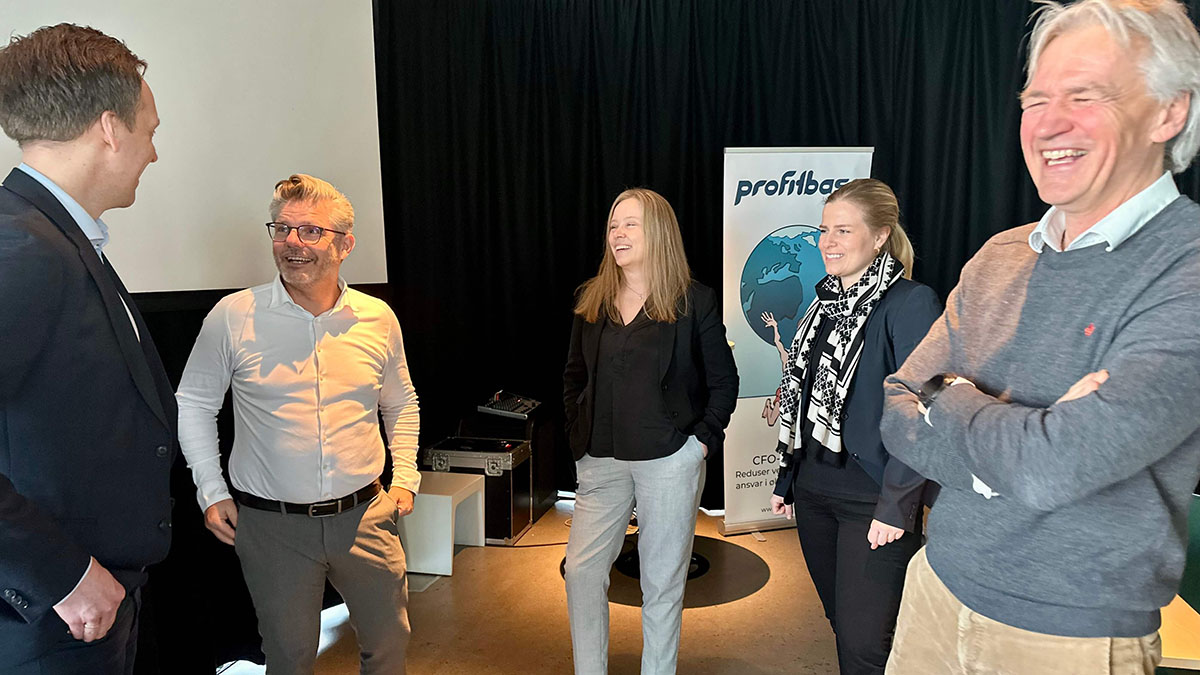
Going beyond spreadsheet: Ready for an agile future
With the new solution in place, the finance team at E.A. Smith now feels better equipped to handle the company’s size and complexity.
– The company has grown steadily through acquisitions of new businesses in all of the 11 years I’ve worked here, says Brandal, and continues:
– The number of departments you need to manage budgeting processes for keeps increasing, and the different business areas in the group each have their own drivers in the budget. Eventually, it becomes clear that you need a more structured budgeting solution that works better in practice. We can see that very clearly now.
Lindebrekke agrees and adds:
– We now have everything we need to think across multiple years instead of limiting ourselves to the calendar year, as we often had to with spreadsheet files. The solution can help us think differently as we grow and perhaps take on more complexity by becoming larger or expanding into new business areas as well.
Brandal points out that you can’t expect the same person to handle the budgeting process for many years:
– That’s just not how it works, she says.
– Therefore, we need a solution that can adapt to organizational changes and ensure the processes don’t become too dependent on individual people.
Moum emphasizes that spreadsheets were never going to be a long-term solution:
– At some point, we would have had to transition to something else.
Lindebrekke comments on the challenges they would have faced had they continued with the old solution:
– There are perhaps a hundred budgets that need to be stitched together at any given time. Keeping track of versions and answering all the questions would have been extremely time-consuming.
– During the budgeting process, which typically lasts a couple of months, there’s always a need for several iterations with adjustments to budget items right up until the management approves the budgets. When both managers and controllers are working in parallel on spreadsheets, which sometimes fail, it can easily become difficult to maintain oversight. This is a major source of frustration for the budget owners, and it’s not an ideal situation, adds Brandal, before concluding:
– Users dreaded the budgeting process with the old solution. Instead, they got a new system that everyone is praising. Now, they’re extremely satisfied!
